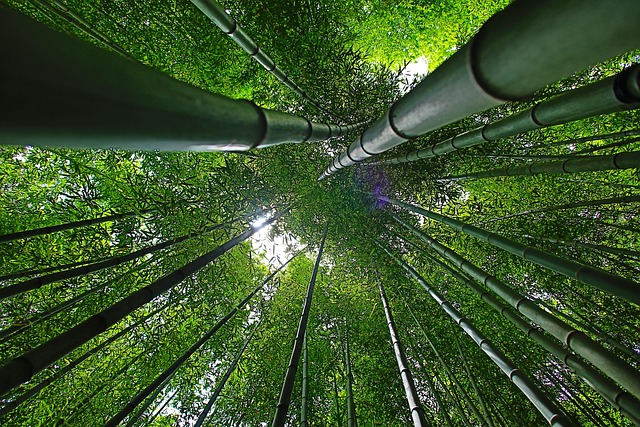In Japan, the trio of pine (matsu), bamboo (take), and plum (ume) – collectively known as “Shochikubai” (松竹梅) – represents one of the most auspicious and culturally significant plant combinations. You might encounter these three plants in Japanese restaurant menus, wedding decorations, New Year’s ornaments, and various aspects of traditional Japanese culture. While often used as a ranking system (with pine usually at the top), this trio carries profound symbolic meanings beyond mere hierarchy. This article explores the rich history, cultural significance, and modern applications of Shochikubai in Japanese society.
Origins of Shochikubai: From China to Japan
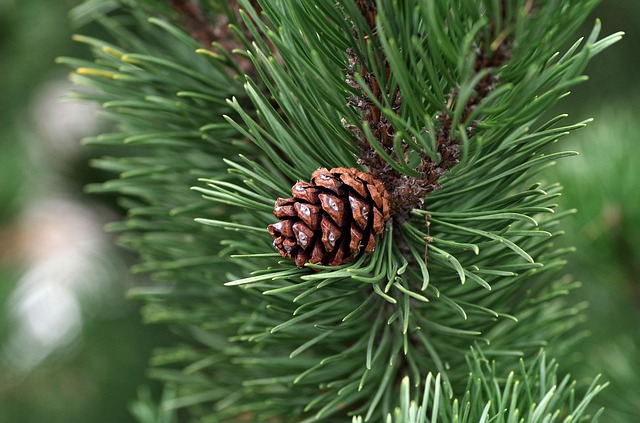
Chinese Roots: “The Three Friends of Winter”
The concept of Shochikubai originated in China during the Song Dynasty (960-1279) as “Sui Han San You” (歳寒三友, pronounced “Saikan Sanyu” in Japanese), which translates to “The Three Friends of Winter.”
These three plants were admired because each demonstrated remarkable qualities during the harsh winter season:
- Pine trees retain their green needles
- Bamboo stands tall and unbending
- Plum trees blossom beautifully in the cold
Chinese scholars and artists celebrated these plants for symbolizing ideal human virtues such as resilience, integrity, and purity. They became popular subjects in Chinese paintings and poetry, representing the noble character to which people should aspire.
At this early stage, the combination wasn’t primarily associated with good fortune but rather with exemplary character traits and spiritual ideals.
Introduction to Japan and Cultural Transformation
The concept of “Three Friends of Winter” was introduced to Japan during the Heian period (794-1185). Initially, Japanese artists adopted it mainly as a painting theme, similar to its use in China.
However, as often happens with cultural borrowings, Japan transformed this concept over time to align with its own cultural values and aesthetics. During the Edo period (1603-1868), these three plants evolved into “Shochikubai,” becoming powerful symbols of good fortune and celebratory occasions in Japanese culture.
This transformation represents a fascinating cultural divergence: while China maintained the plants as symbols of noble virtues, Japan repurposed them as auspicious emblems of prosperity and good luck, integrating them into traditional ceremonies and everyday life.
Why Shochikubai Brings Good Fortune: Symbolic Meanings
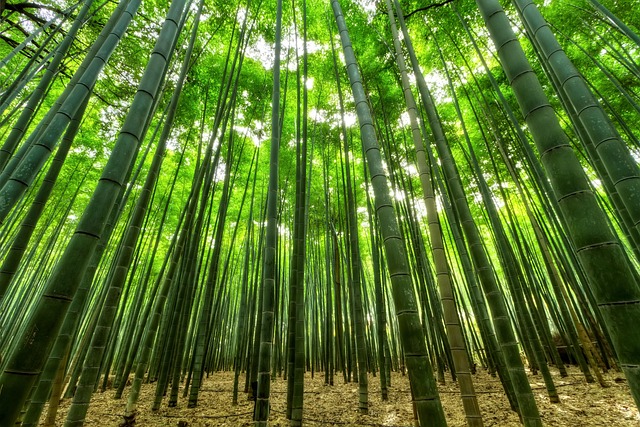
Cultural Background of Auspicious Plants in Japan
Japanese culture has long maintained a deep respect for nature, assigning special significance to plants that demonstrate extraordinary resilience or mark seasonal transitions. Pine, bamboo, and plum exemplify these qualities perfectly.
Additionally, the number three itself is considered lucky in Japanese culture, enhancing the auspicious nature of this triumvirate.
Individual Symbolic Meanings
Each plant carries its own powerful symbolic meanings:
| Plant | Japanese Name | Key Symbolism | Reason |
|---|---|---|---|
| Pine (松) | Matsu | Longevity, constancy | Lives for thousands of years, stays green year-round |
| Bamboo (竹) | Take | Resilience, prosperity | Grows rapidly, bends but doesn’t break in snow |
| Plum (梅) | Ume | Vitality, elegance | Blooms during winter, produces beautiful fragrant flowers |
When these three plants appear together, they collectively represent the essential elements for a fulfilling life: long life, prosperity, and beauty. This combination of desirable qualities explains why Shochikubai became such an important auspicious symbol in Japanese culture.
The Traditional Ranking Order: Why Pine Comes First
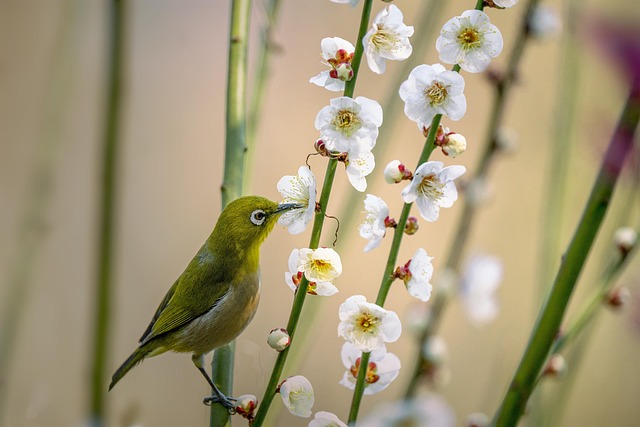
Historical Adoption Timeline
The traditional ranking of “pine first, bamboo second, plum third” has historical roots. Each plant was recognized as an auspicious symbol in Japan during different historical periods:
- Pine: Recognized first, during the Heian period (794-1185)
- Bamboo: Gained prominence during the Muromachi period (1336-1573)
- Plum: Became firmly established as an auspicious symbol during the Edo period (1603-1868)
Thus, the order reflects the chronology of when each plant was integrated into Japanese celebratory culture.
Reasons for Pine’s Superior Position
Several factors contributed to pine’s position at the top of the hierarchy:
- Historical precedence: As mentioned above, pine was the first to be recognized as auspicious
- Longevity: Pine trees can live for thousands of years, outlasting both bamboo and plum
- Association with divinity: In Shinto belief, pines were considered sacred trees where gods might dwell
- Connection to immortality: In Chinese Taoist tradition, which influenced Japanese culture, pine nuts were believed to be consumed by immortals
- Linguistic flow: The word order “Sho-Chiku-Bai” has a pleasing phonetic rhythm in Japanese
It’s important to note that despite this hierarchical arrangement, all three plants were originally considered equally auspicious in their symbolic meanings.
Shochikubai as a Ranking System in Modern Japan
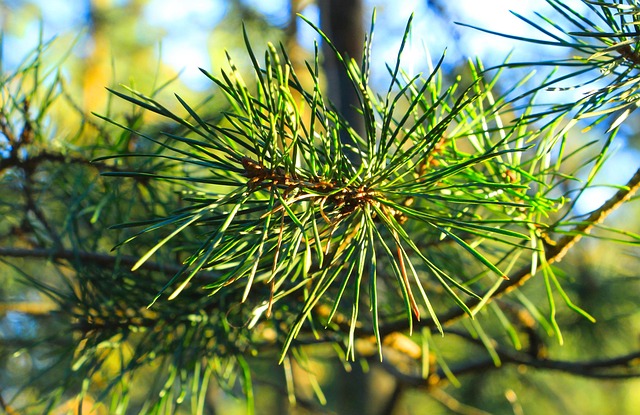
Standard Ranking Order
In contemporary Japan, when Shochikubai is used as a ranking system, it typically follows this pattern:
- Pine (松): Top grade/premium quality
- Bamboo (竹): Medium grade/standard quality
- Plum (梅): Basic grade/economy quality
This usage became common in food establishments during the Edo period and continues today in many Japanese restaurants, especially sushi, tempura, and traditional Japanese cuisine restaurants.
Reversed Rankings and Variations
Interestingly, some establishments—particularly eel (unagi) restaurants—reverse this order, making plum the highest rank. Several theories explain this practice:
- Differentiation: To distinguish themselves from other restaurants
- Wordplay: The first syllable of “unagi” (う) matches the first syllable of “ume” (plum) (う)
- Customer psychology: To make customers feel comfortable ordering any grade without embarrassment about choosing the lowest tier
This flexibility in ranking demonstrates that Shochikubai was originally about auspicious symbolism rather than strict hierarchy.
In modern times, some restaurants use Shochikubai not to indicate quality differences but to represent different flavor profiles or types of dishes.
Practical Guide for Visitors to Japan
For travelers to Japan, here’s a helpful reference:
| Establishment Type | Typical Ranking Order | What It Usually Indicates |
|---|---|---|
| Sushi/Traditional Japanese | Pine > Bamboo > Plum | Premium ingredients vs. basic ingredients |
| Unagi (Eel) Restaurants | Often Plum > Bamboo > Pine | Different portion sizes or quality of eel |
| Wedding Venues | No hierarchy | Simply auspicious table names |
When visiting an unfamiliar establishment, it’s always wise to check the menu carefully to understand how Shochikubai is being used in that particular context.
Modern Applications of Shochikubai
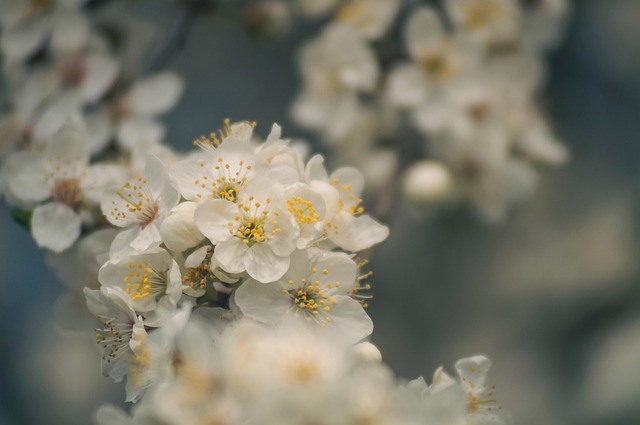
Restaurant Menus and Pricing Tiers
The most visible use of Shochikubai today is in Japanese restaurants:
- Sushi restaurants: Pine = premium ingredients (like fatty tuna), Bamboo = mid-range ingredients, Plum = standard ingredients
- Unagi restaurants: Typically indicates portion size or quality of eel
- Soba restaurants: Pine = highest grade buckwheat flour, Bamboo = good quality, Plum = standard
- Kaiseki (multi-course) meals: Pine = luxury course, Bamboo = standard course, Plum = basic course
An interesting cultural note: The use of “Plum” instead of directly saying “basic” or “standard” is a thoughtful consideration of Japanese cultural sensitivity around directly identifying lower status options. This reflects the Japanese emphasis on maintaining harmony and avoiding potential embarrassment.
Weddings and Celebrations
In wedding receptions, table names might use Shochikubai not as rankings but simply as auspicious labels. New Year’s decorations and celebratory ornaments often incorporate pine, bamboo, and plum motifs to bring good fortune for the coming year.
Business Strategy: The “Shochikubai Principle”
In modern marketing, the “Shochikubai Principle” refers to a psychological effect similar to what Western marketers call the “Goldilocks Effect”:
“When presented with three options, people tend to choose the middle one.”
Businesses leverage this tendency by creating three-tiered pricing or service options, strategically placing their most profitable offering in the middle position (the “Bamboo” tier). This demonstrates how traditional cultural concepts can find new applications in contemporary business practices.
Understanding this principle helps consumers make more conscious choices rather than defaulting to the middle option out of psychological comfort.
Incorporating Shochikubai into Daily Life
Gifts and Decorations with Shochikubai Motifs
The auspicious nature of Shochikubai makes it perfect for gifts and decorations:
- New Year’s ornaments: Decorations featuring pine, bamboo, and plum for the home entrance
- Gifts: Japanese crafts with Shochikubai patterns (such as tenugui cloths, chopstick rests, or teacups)
- Flower arrangements: Combining pine branches, bamboo, and plum blossoms
- Home decor: Hanging scrolls or paintings featuring the three plants
These make particularly appropriate gifts for housewarming or business opening celebrations, conveying wishes for long-lasting success.
Seasonal Appreciation
Visitors to Japan can enjoy Shochikubai throughout the year:
Winter to Early Spring: Experiencing Plum Blossoms
- Plum blossoms (ume) begin appearing in February, heralding the arrival of spring
- Famous plum viewing spots include Kairaku-en in Mito, Kitano Tenmangu in Kyoto, and Yushima Tenjin in Tokyo
- Plum fruit is later harvested to make umeboshi (pickled plums) and umeshu (plum wine)
Year-Round: Enjoying Pine and Bamboo
- Pine trees are featured prominently in Japanese gardens and landscapes throughout Japan
- Notable bamboo groves include Arashiyama Bamboo Grove in Kyoto and Hokokuji Temple in Kamakura
- Both plants offer distinctive beauty in all seasons
For travelers and residents alike, appreciating these three plants provides a deeper connection to Japanese seasonal awareness and cultural aesthetics.
Summary
Shochikubai represents a fascinating example of cultural adaptation and symbolic meaning in Japanese tradition:
- Originating as “The Three Friends of Winter” in China, it evolved in Japan to become symbols of good fortune
- Each plant—pine, bamboo, and plum—embodies specific virtues: longevity, resilience, and vitality
- The traditional ranking (pine > bamboo > plum) reflects the historical timeline of their adoption as auspicious symbols
- In modern Japan, Shochikubai is used in restaurant pricing tiers, celebration decorations, and even business strategy
- Understanding Shochikubai provides deeper insight into Japanese aesthetic values and cultural priorities
Beyond mere ranking, Shochikubai embodies the Japanese appreciation for natural beauty, seasonal awareness, and the symbolic significance of plants. By recognizing these three plants as equals in their auspicious meanings rather than focusing solely on hierarchy, we gain a richer understanding of Japanese cultural traditions.
When you next encounter Shochikubai in a Japanese restaurant or cultural setting, you’ll now appreciate the deep cultural heritage behind this trio of auspicious plants that continues to influence Japanese life and aesthetics today.
